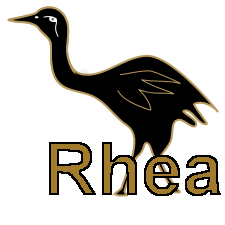Theorem
Intersection is distributive over union ⇔ A ∩ (B ∪ C) = (A ∩ B) ∪ (A ∩ C)
$ A\cap (B\cup C) = (A\cap B)\cup (A\cap C $
where $ A $, $ B $ and $ C $ are sets.
Proof
Let x ∈ A ∩ (B ∪ C). Then, x ∈ A and x ∈ (B ∪ C) ⇒ x ∈ A and at the same time, x ∈ B or x ∈ C, possibly both ⇒ either x ∈ A and x ∈ B or x ∈ A and x ∈ C (possibly both). Hence, x ∈ (A ∩ B) or x ∈ (A ∩ C), i.e. x ∈ (A ∩ B) ∪ (A ∩ C).
So we have that x ∈ A ∩ (B ∪ C) ⇒ x ∈ (A ∩ B) ∪ (A ∩ C), which is equivalent to saying that A ∩ (B ∪ C) ⊂ (A ∩ B) ∪ (A ∩ C).
Next we assume that x ∈ (A ∩ B) ∪ (A ∩ C). Then, x ∈ (A ∩ B) or x ∈ (A ∩ C)⇒ x ∈ A in addition to being in B, C or both ⇒ x ∈ A ∩ (B ∪ C).
This gives us that x ∈ (A ∩ B) ∪ (A ∩ C) ⇒ x ∈ (A ∩ B) ∪ (A ∩ C)A ∩ (B ∪ C), which is equivalent to saying that (A ∩ B) ∪ (A ∩ C) ⊂ A ∩ (B ∪ C).
Combining the two results we have that:
A ∩ (B ∪ C) ⊂ (A ∩ B) ∪ (A ∩ C) and (A ∩ B) ∪ (A ∩ C) ⊂ A ∩ (B ∪ C)
⇔ A ∩ (B ∪ C) = (A ∩ B) ∪ (A ∩ C)
$ \blacksquare $
References
- W. Rudin, "Basic Topology" in "Principles of Mathematical Analysis", 3rd Edition, McGraw-Hill Inc. ch 2, pp 28.

